The wooden houses with pillars and beams, three-room and two-wing layouts, and two-story yin-yang tiled roofs, surrounded by solid stone fences... impress visitors when they come to the Mong ethnic community cultural tourism village in Pa Vi Ha village, Pa Vi commune, Meo Vac district, Ha Giang province. This is a space imbued with Mong cultural identity, and at the same time a model to help ethnic minorities here eliminate hunger and reduce poverty.
Ha Giang children eagerly learn about traditional Tet |
Digitizing the museum vividly conveys the beauty of Ha Giang to visitors |
Early in the morning, when the sky and earth were still misty, Sung Mi Po (28 years old, from Pa Vi commune) was getting ready to go to work. His workplace is Pa Vi homestay in the Mong ethnic community cultural tourism village in Pa Vi Ha village. The homestay is about 600m from his house, so he usually walks, and only occasionally uses a motorbike. On weekends, there are more tourists visiting the homestay, so Sung Mi Po's working hours start from 6:30 a.m. to 11 p.m. with the following tasks: welcoming guests, cleaning rooms, and cooking.
"Before, I did many jobs: construction worker, porter, salesman... but my income was unstable, some months yes, some months no. My wife sells goods at the market, each month she earns about 3-4 million VND, the family has three children so it is very difficult. Luckily, after participating in repairing the Pa Vi homestay, the owner and his wife hired me to work. Up to now, I have been working here for 4 months, having a stable income (7 million VND/month) and working close to home, helping me take care of my children and parents," said Mr. Sung Mi Po.
In addition to Sung Mi Po, there are 2 other locals working at Pa Vi homestay with an income of 5-7 million VND/month, including accommodation and meals.
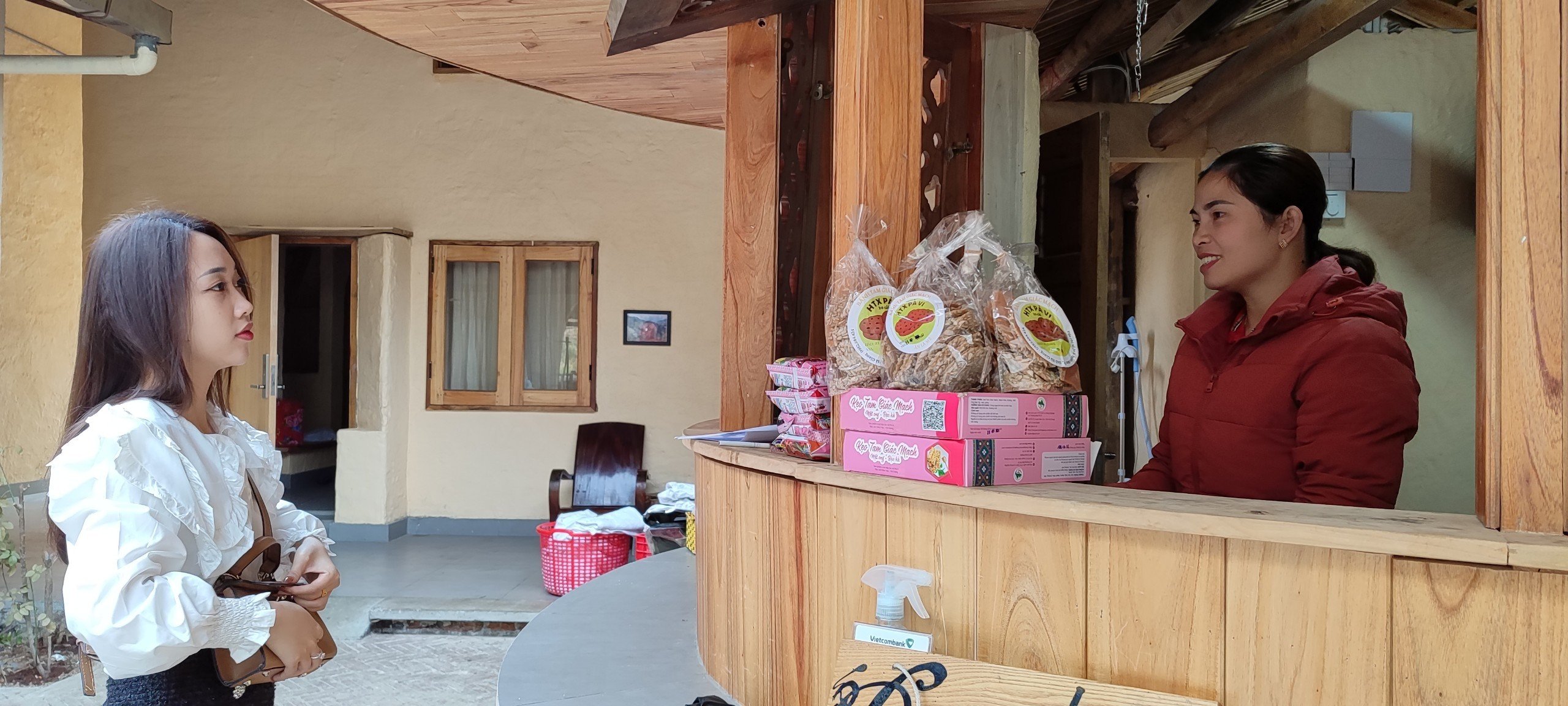 |
| Ms. Hoang Thi Hien (red shirt), owner of Pa Vi homestay, checks in guests. (Photo: Thanh Luan) |
According to Ms. Hoang Thi Hien (36 years old), owner of Pa Vi homestay, her family's homestay was built in the Mong people's architecture, a house with wooden pillars and beams, a layout of three rooms and two wings with a two-story yin-yang tiled roof, surrounded by a solid stone fence, the house is decorated with Mong people's items, flowers are planted in the yard...
Recalling the early days when she and 27 other households participated in investing and running homestay business at the Mong ethnic community cultural tourism village 8 years ago, Ms. Hien said: she and her husband were only used to farming , now switching to tourism services, the investment capital is large, so she and her husband were very worried and hesitant. After being encouraged and supported by the local government, she and her husband decided to invest. Accordingly, her family and other households participating in service business in the village were supported by the government with a 50-year land use fee-free; supported with 80 million VND/business household; and received interest rate reductions from the Bank for Agriculture and Rural Development and the Bank for Social Policies.
The local government also regularly organizes training courses on tourism skills, tourist reception skills for household owners, room service skills, reception, chefs, food hygiene and safety, and opens intensive English training courses... Ms. Hien and many other households are given the opportunity to visit and learn about effective community tourism development models in Hoa Binh, Son La, Thai Nguyen...
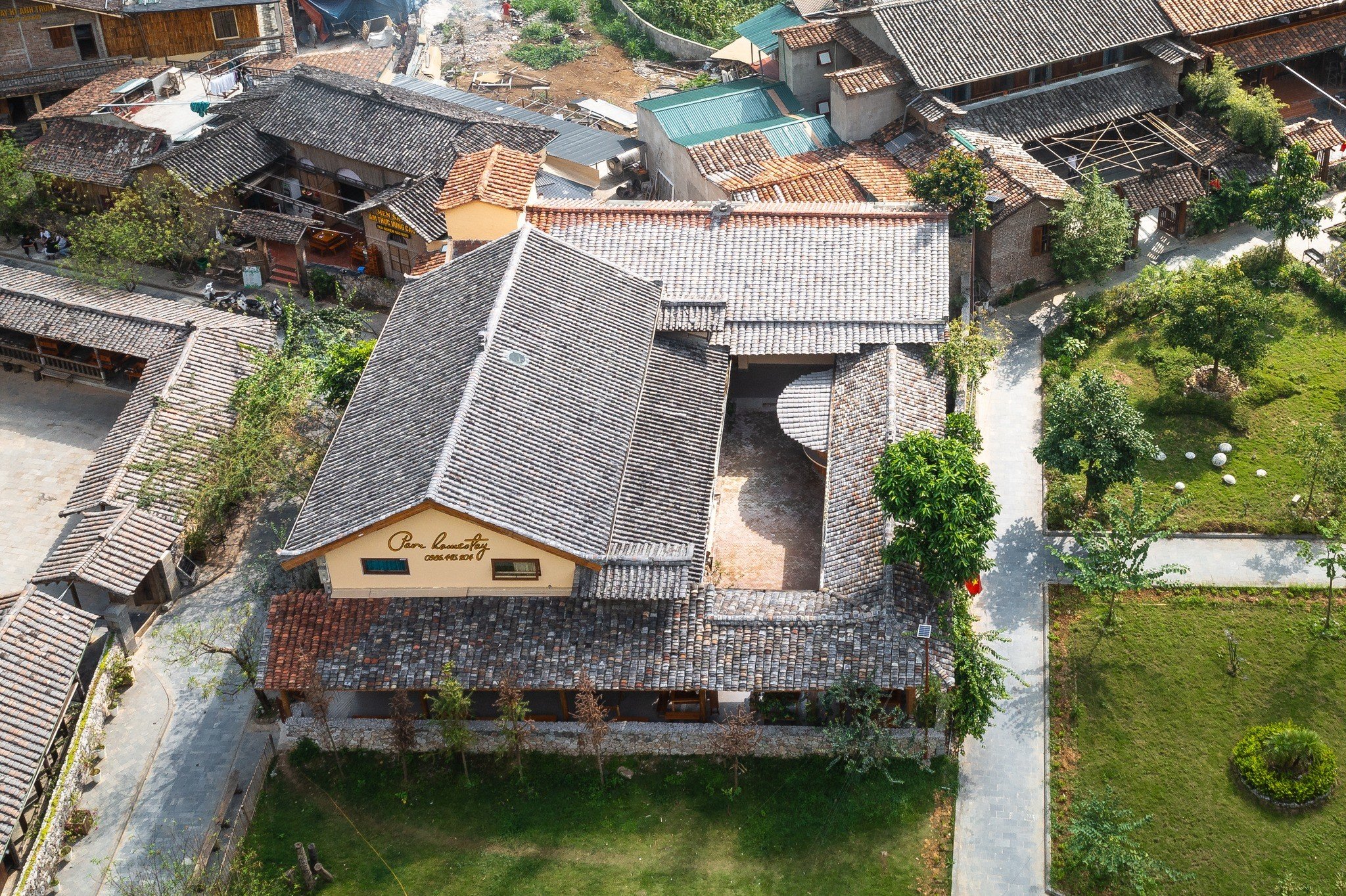 |
| Pa Vi Homestay seen from above. (Photo: Pa Vi Homestay) |
"Up to now, the number of visitors to the Mong ethnic community cultural tourism village is quite large and stable. Particularly at Pa Vi homestay, we welcome an average of 20 visitors per day, peaking on holidays, New Year's, and weekends, the homestay is fully booked," said Ms. Hien.
To help tourists know about the Mong ethnic community cultural tourism village in general and the homestay in particular, in addition to the support of the province and district, Ms. Hien also proactively set up a fanpage of Pa Vi homestay on Facebook, Zalo, connecting with travel agencies, travel sites... to promote. Pa Vi homestay always has available cakes and candies made from buckwheat seeds, a special plant of Ha Giang, made by Ms. Hien and members of the Pa Vi Agricultural Services and Trade Cooperative to introduce to tourists.
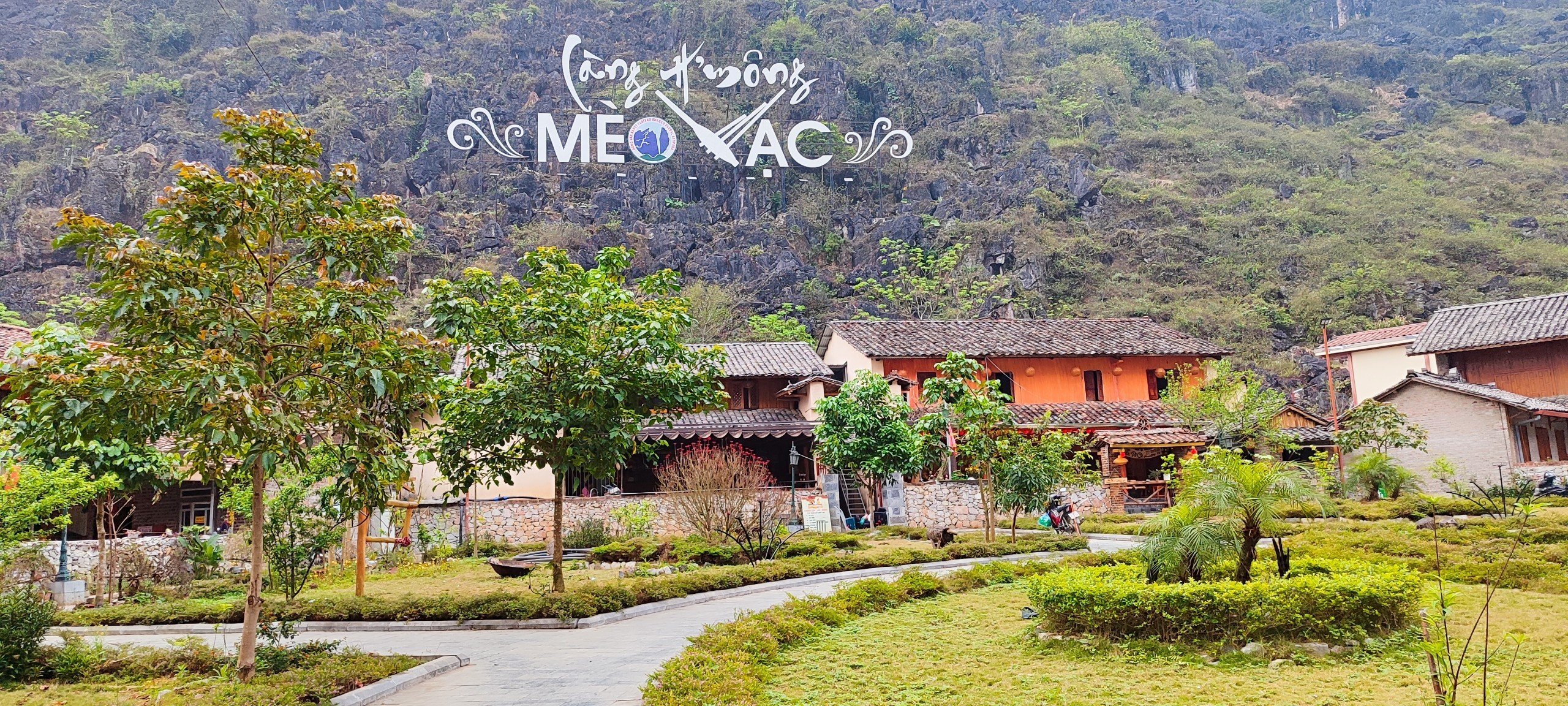 |
| Mong ethnic community cultural tourism village in Pa Vi Ha village, Pa Vi commune, Meo Vac district, Ha Giang province. (Photo: Thanh Luan) |
Similar to Pa Vi homestay, other homestays at the Mong ethnic community cultural tourism village all have the strong cultural identity of the Mong people from design to decoration, traditional dishes. Coming to the village, visitors can experience many cultural aspects in the lives of local people such as weaving, spinning, weaving, folk games... In addition, visitors can experience bathing and foot soaking services with traditional medicinal herbs; enjoy cultural and artistic programs imbued with Mong culture on weekend evenings.
According to Mr. Ngo Manh Cuong, Vice Chairman of the People's Committee of Meo Vac district, the district has identified the preservation and maintenance of traditional culture and the development of community tourism as one of the key tasks. Up to now, the district has 5 community cultural tourism villages including: Mong ethnic community cultural tourism village in Pa Vi Ha village (Pa Vi commune); Lo Lo ethnic community cultural tourism village in Sang Pa A village (Meo Vac town); Giay ethnic community cultural tourism village in Tat Nga village (Tat Nga commune), Tay ethnic community cultural tourism village in Ban Tong village (Niem Son commune) and Nung ethnic community cultural tourism village in Khau Vai village (Khau Vai commune). The implementation of community cultural tourism village models has brought economic value, created jobs, increased income for people, and sustainable poverty reduction for Meo Vac district. The district is researching and proposing to the province to continue building a cultural tourism village imbued with the identity of the Lo Lo ethnic group, one of 16 ethnic minorities with a population of less than 10,000 people.
Source


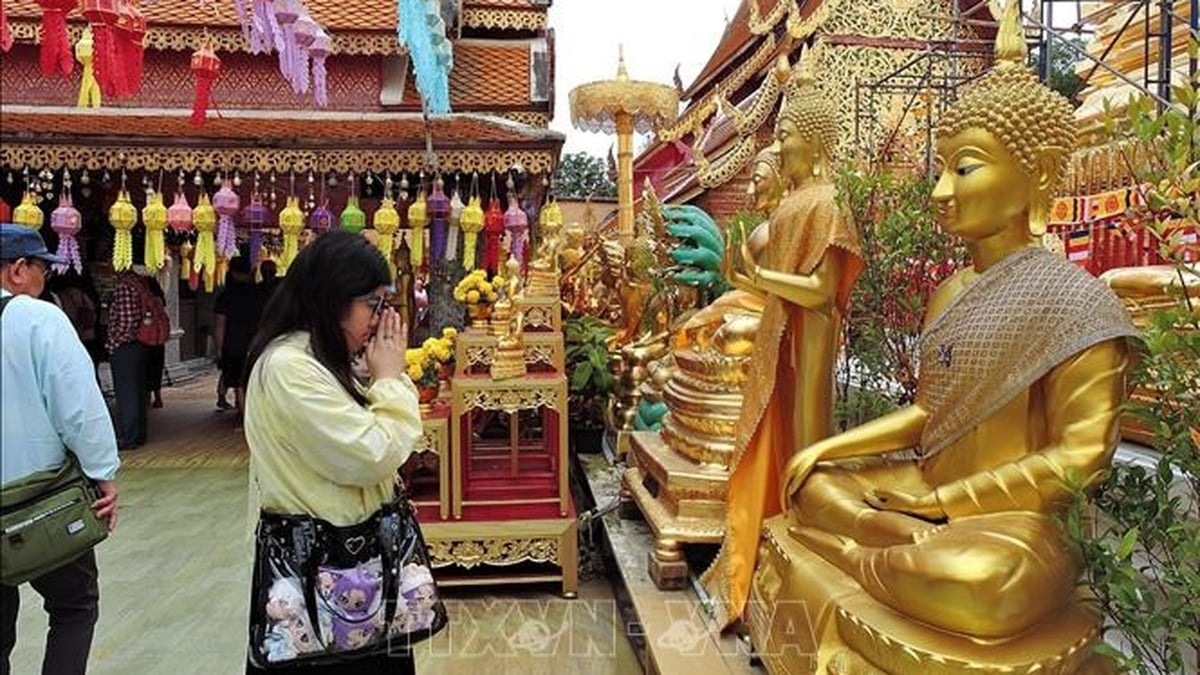
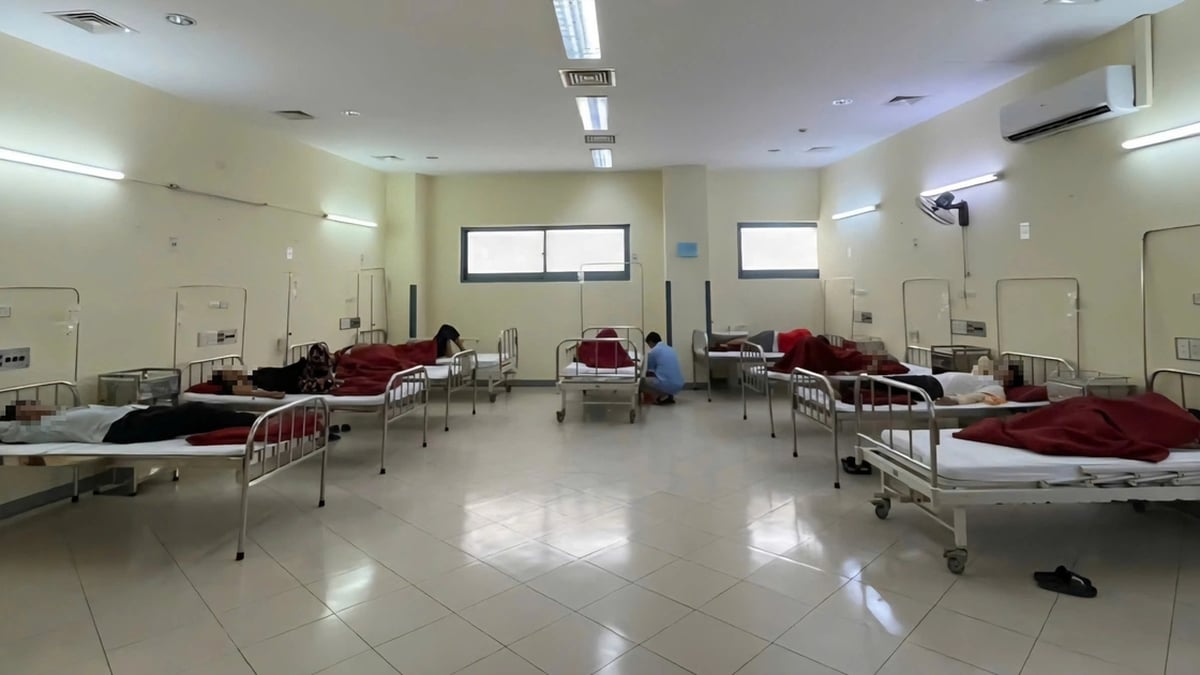


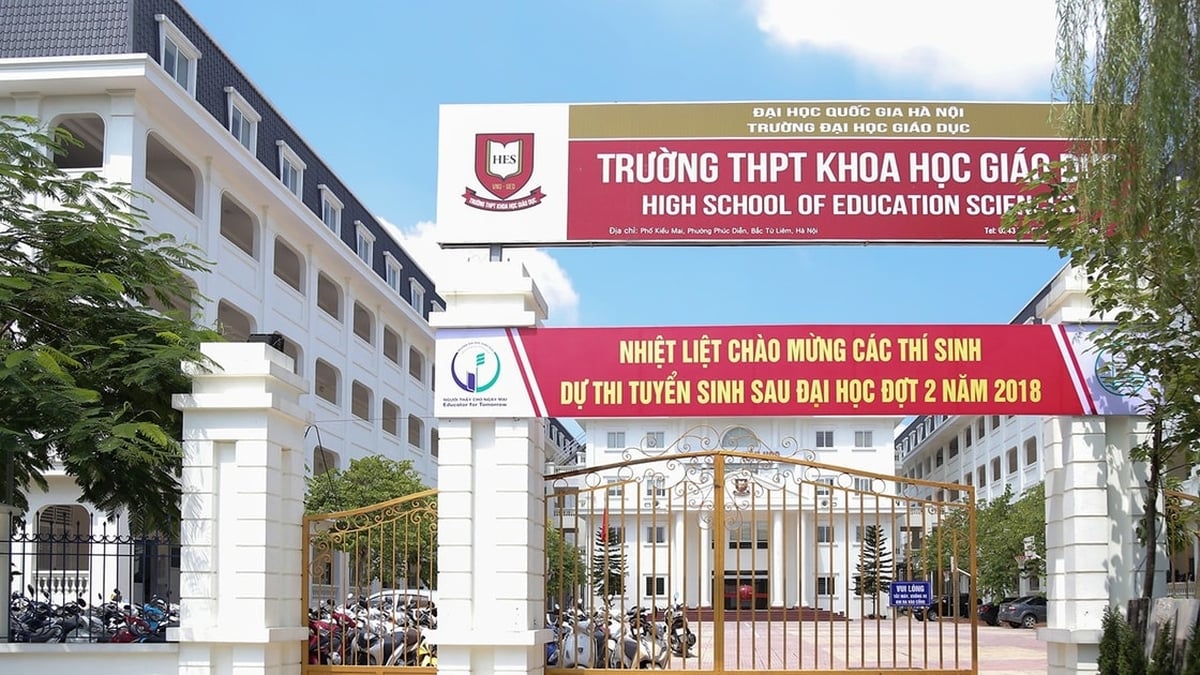
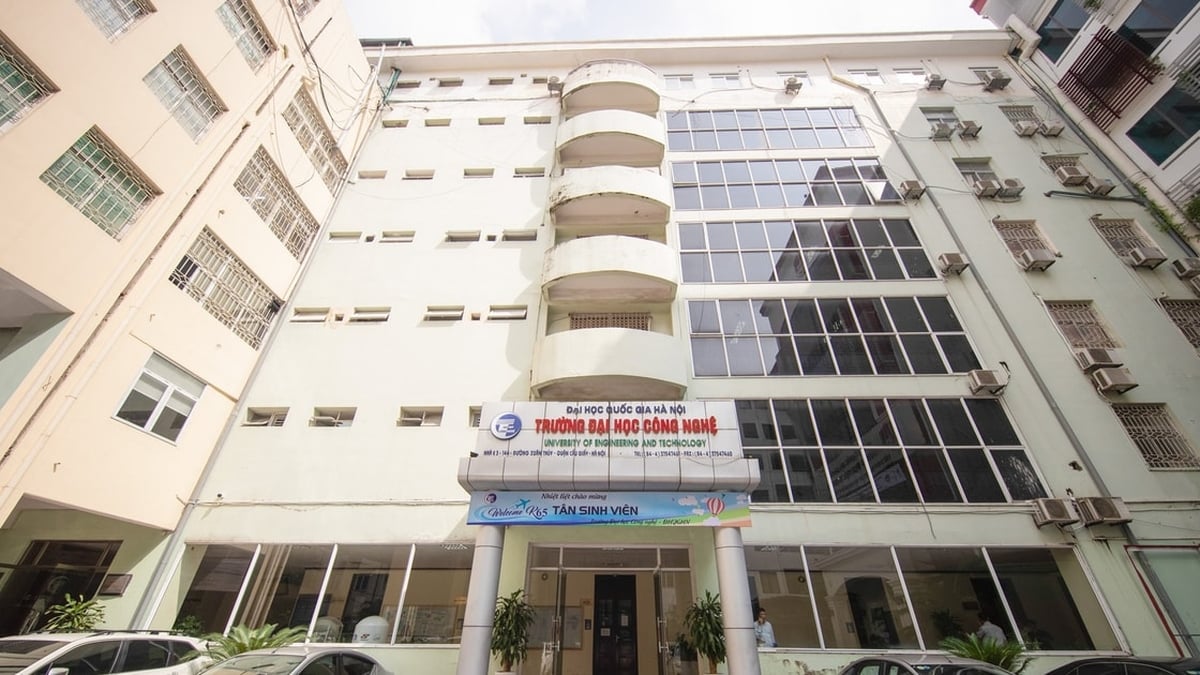
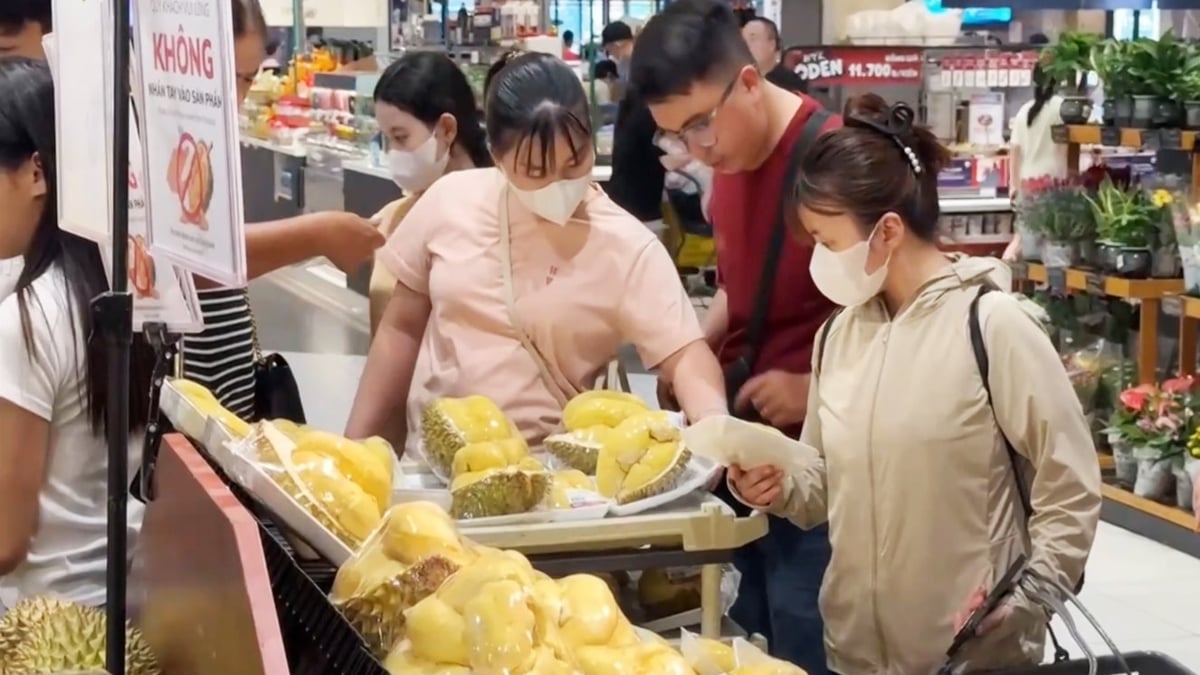

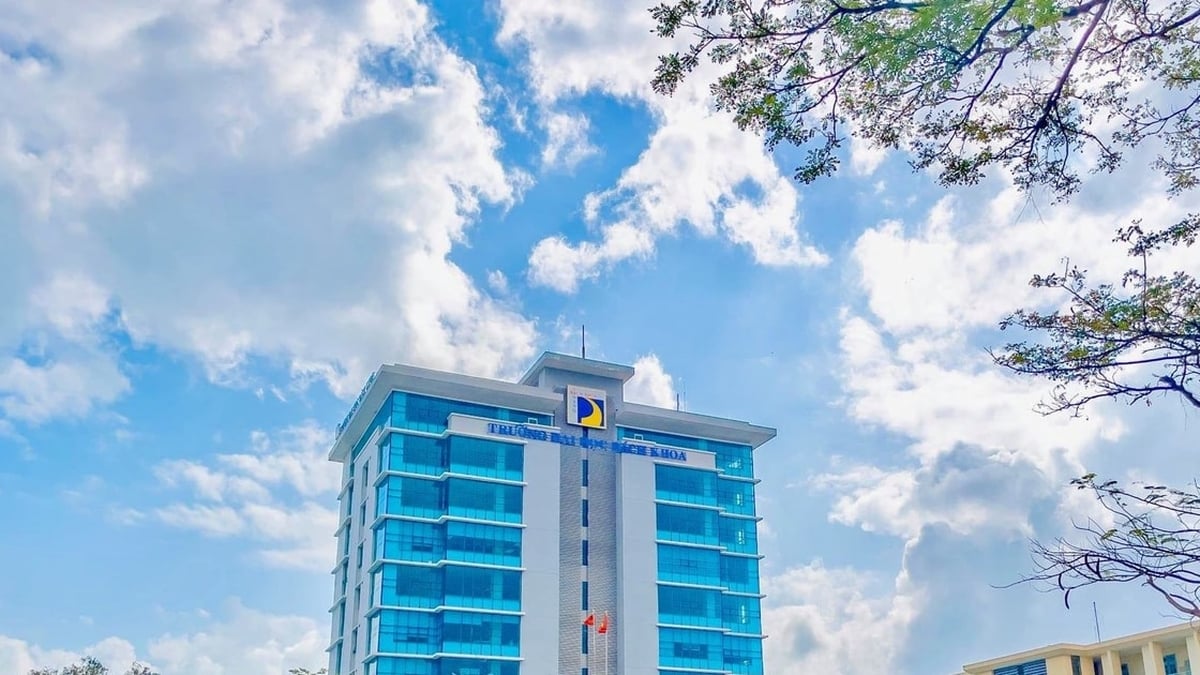
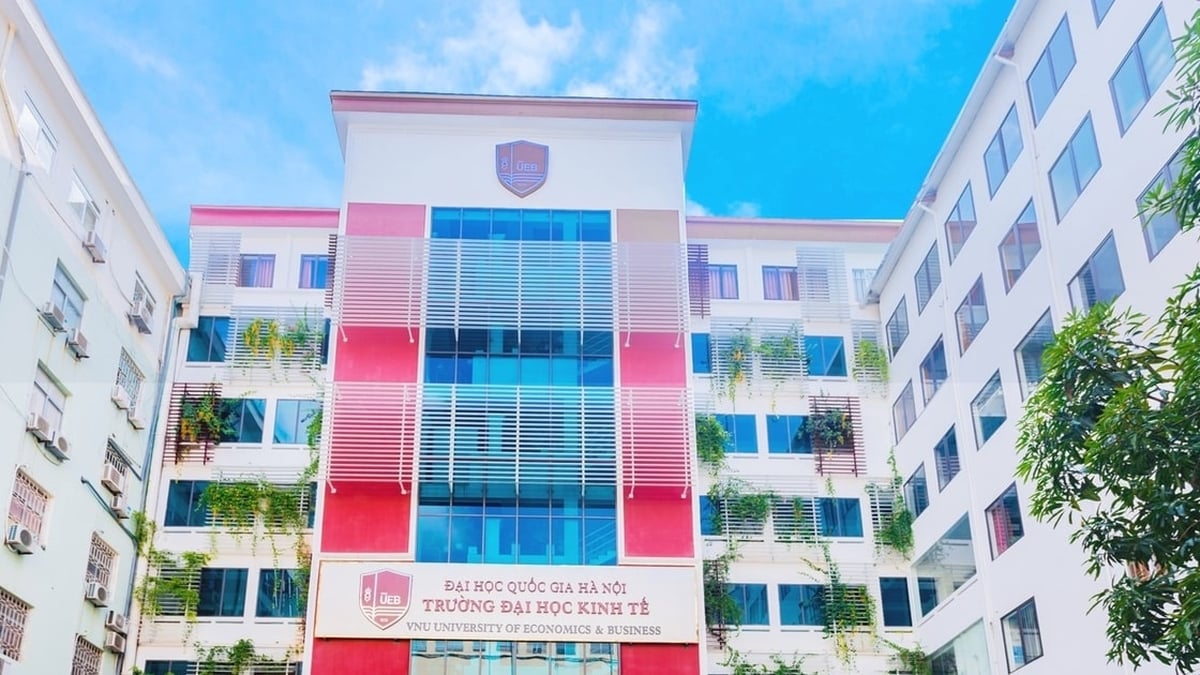















![[Photo] National Assembly Chairman Tran Thanh Man visits Vietnamese Heroic Mother Ta Thi Tran](https://vphoto.vietnam.vn/thumb/1200x675/vietnam/resource/IMAGE/2025/7/20/765c0bd057dd44ad83ab89fe0255b783)




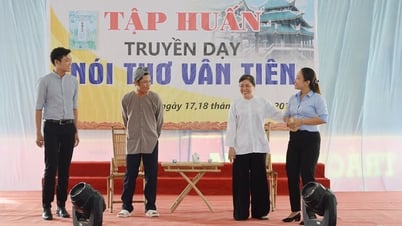



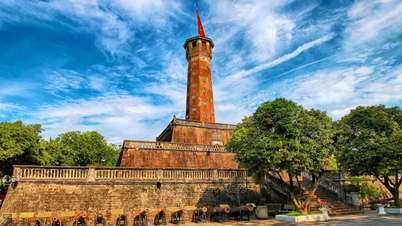




























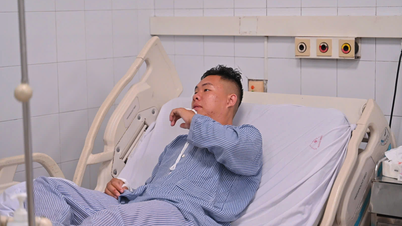


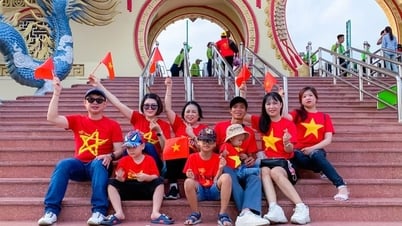

























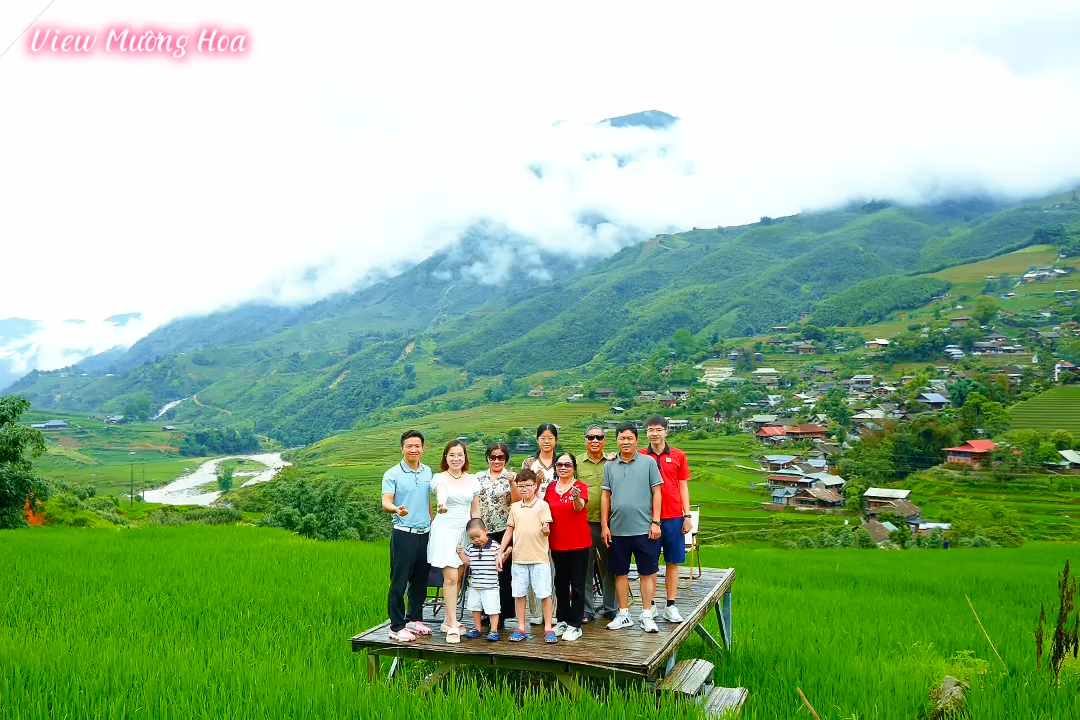



Comment (0)